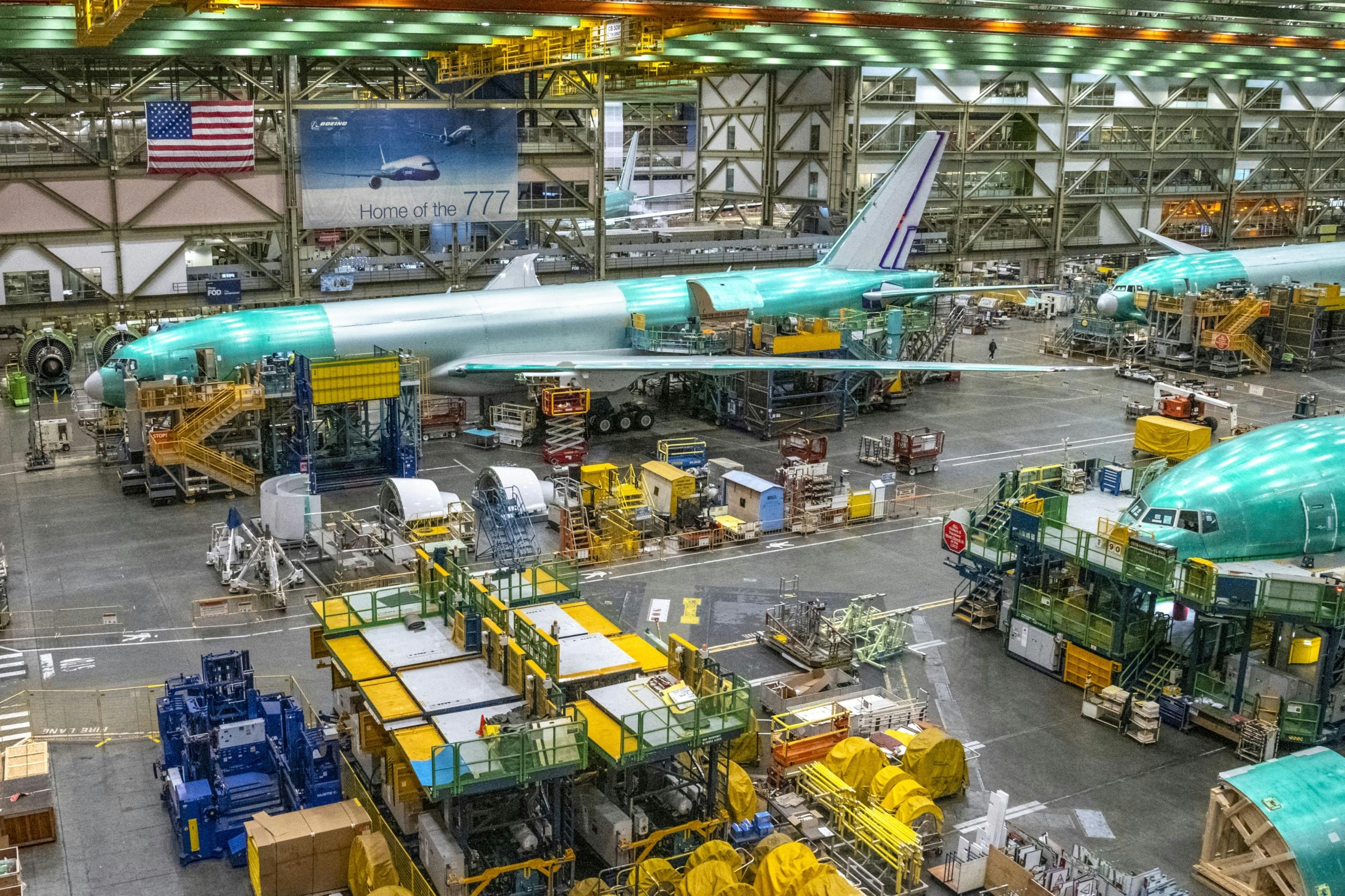
AeroGenie — Your Intelligent Copilot.
Trending
Categories
Saudi Arabia to Order 30 Boeing 737 MAX Jets Ahead of Trump Visit
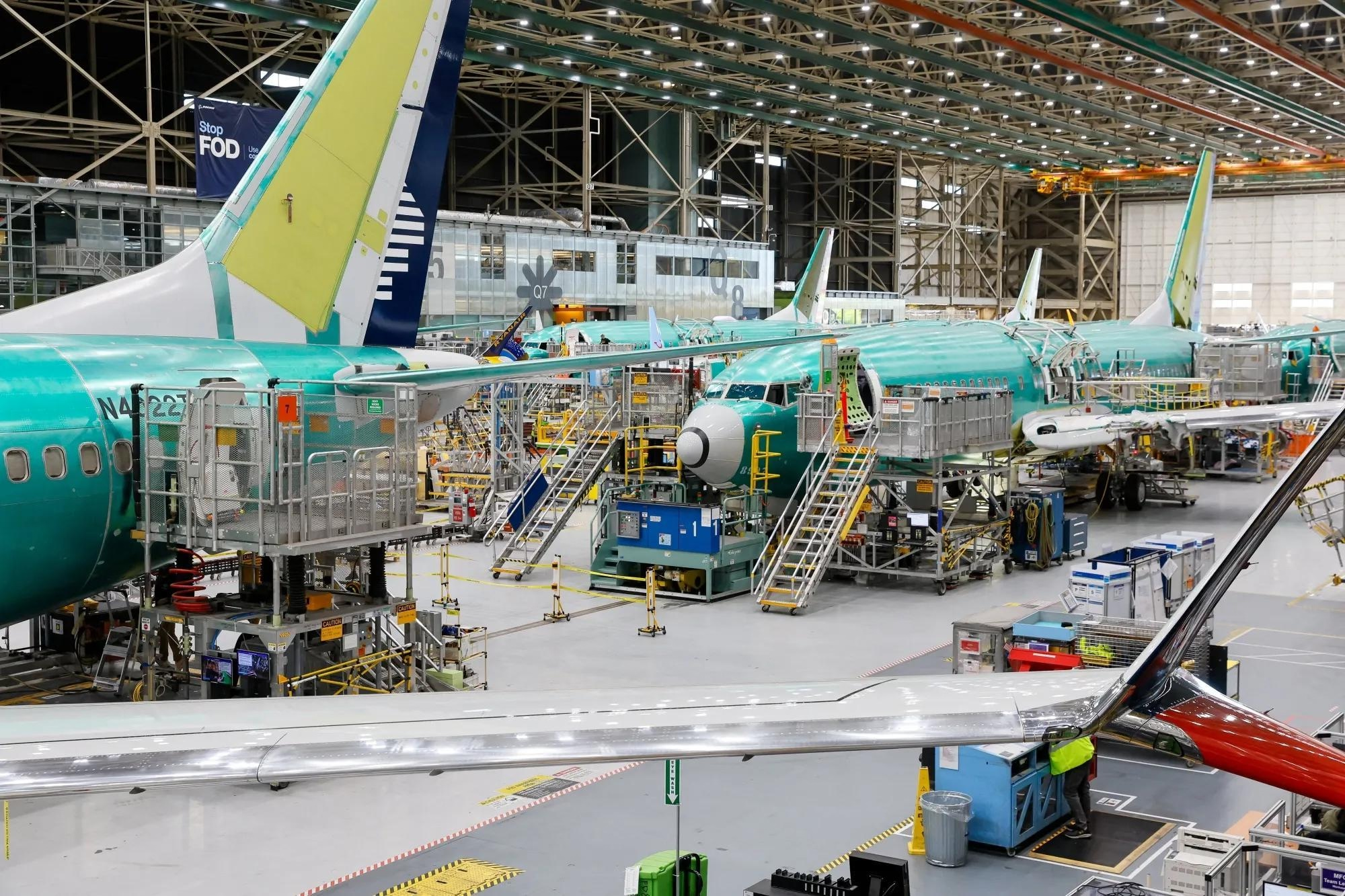
Saudi Arabia Confirms Order for 30 Boeing 737 MAX Jets Ahead of Trump Visit
Saudi Arabia has placed a substantial order for up to 30 Boeing 737 MAX aircraft, coinciding with the forthcoming visit of US President Donald Trump to the kingdom. Valued in the billions, this agreement represents a significant boost for Boeing as it contends with a challenging global market and intensifying competition from European rival Airbus.
AviLease’s Landmark Direct Purchase
The order originates from AviLease, an aircraft leasing company supported by Saudi Arabia’s Public Investment Fund. This transaction marks AviLease’s first direct purchase from Boeing, consisting of 20 firm orders for the 737 MAX 8 model, with options for an additional 10 jets. The deal reflects AviLease’s strategic ambition to expand its global presence and aligns closely with Saudi Arabia’s Vision 2030 initiative, which aims to diversify the kingdom’s economy beyond its traditional reliance on oil.
Edward O’Byrne, CEO of AviLease, emphasized the significance of the deal, stating that the new aircraft will accelerate the company’s growth and enable it to offer the latest generation of fuel-efficient fleet solutions. Established in 2022, AviLease currently manages a portfolio of 165 aircraft valued at approximately $6 billion, serving major international carriers including American Airlines, China Eastern Airlines, Delta Air Lines, as well as Saudi-based airlines flyadeal and flynas. The company’s focus on modern, fuel-efficient aircraft underscores the aviation industry’s broader shift toward sustainability and positions AviLease as a key player in global aviation finance.
Strategic Timing and Diplomatic Context
The timing of the order is closely linked to President Trump’s visit, which marks the first stop on his Middle East tour encompassing Qatar and the United Arab Emirates. Accompanied by Boeing CEO Kelly Ortberg, Trump’s trip is widely viewed as an effort to reinforce economic and security ties with the region. During the visit, several Memoranda of Understanding were signed across sectors including energy, defense, and space, with the AviLease-Boeing agreement among the most prominent announcements.
Saudi Arabia is also reportedly pursuing a major security pact with the United States, underscoring the strategic importance of the visit. The kingdom’s drive to attract US investment is a central pillar of Vision 2030, which seeks to reduce the economy’s heavy dependence on oil revenues—currently accounting for over 20 percent of GDP—by fostering growth in sectors such as aviation.
Market Implications and Competitive Dynamics
While the Boeing order represents a significant win for the American manufacturer, it occurs amid intense competition with Airbus, which remains a formidable presence in the Middle Eastern aviation market. Saudi Arabia’s decision may prompt counteroffers from Airbus as it strives to maintain its regional market share. Furthermore, Boeing is reportedly negotiating a separate deal to supply 150 737 MAX jets to a new Saudi airline, signaling the kingdom’s broader ambitions to develop its aviation sector.
The market response to the AviLease order has been favorable for Boeing, which has recently faced setbacks including China’s ban on its aircraft deliveries amid ongoing trade tensions. Industry analysts caution, however, that competitors are likely to respond with strategic initiatives aimed at securing future contracts in the Middle East.
Supporting Saudi Arabia’s Vision 2030
AviLease’s expansion and its partnership with Boeing are integral components of Saudi Arabia’s Vision 2030, which aspires to transform the kingdom into a global investment hub. By investing in advanced, fuel-efficient aircraft and cultivating a diverse customer base, AviLease is positioned to play a pivotal role in shaping the future of aviation finance while supporting the country’s broader economic transformation.

CALC Orders 30 Airbus A320neo Jets to Expand Fleet by 2026

AI in Travel Planning: Benefits, Risks, and Future Prospects
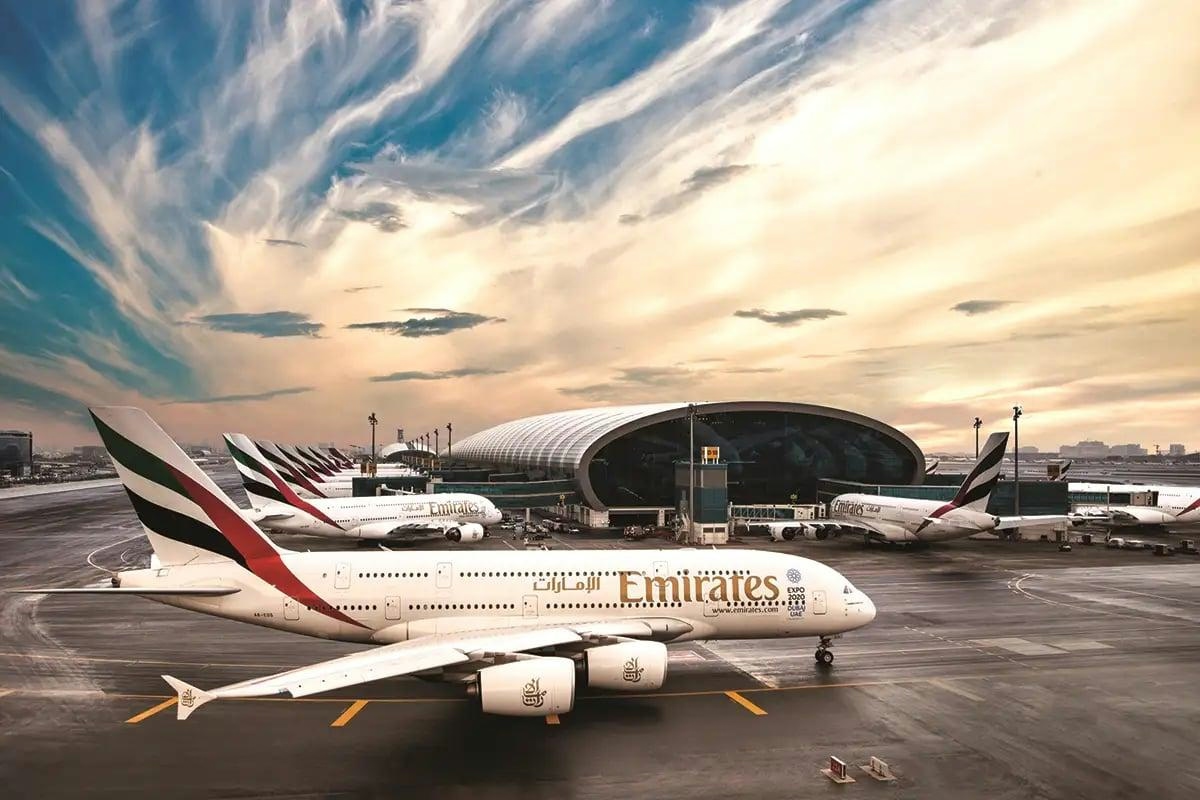
Airline Operated Largest Widebody Fleet in 2025
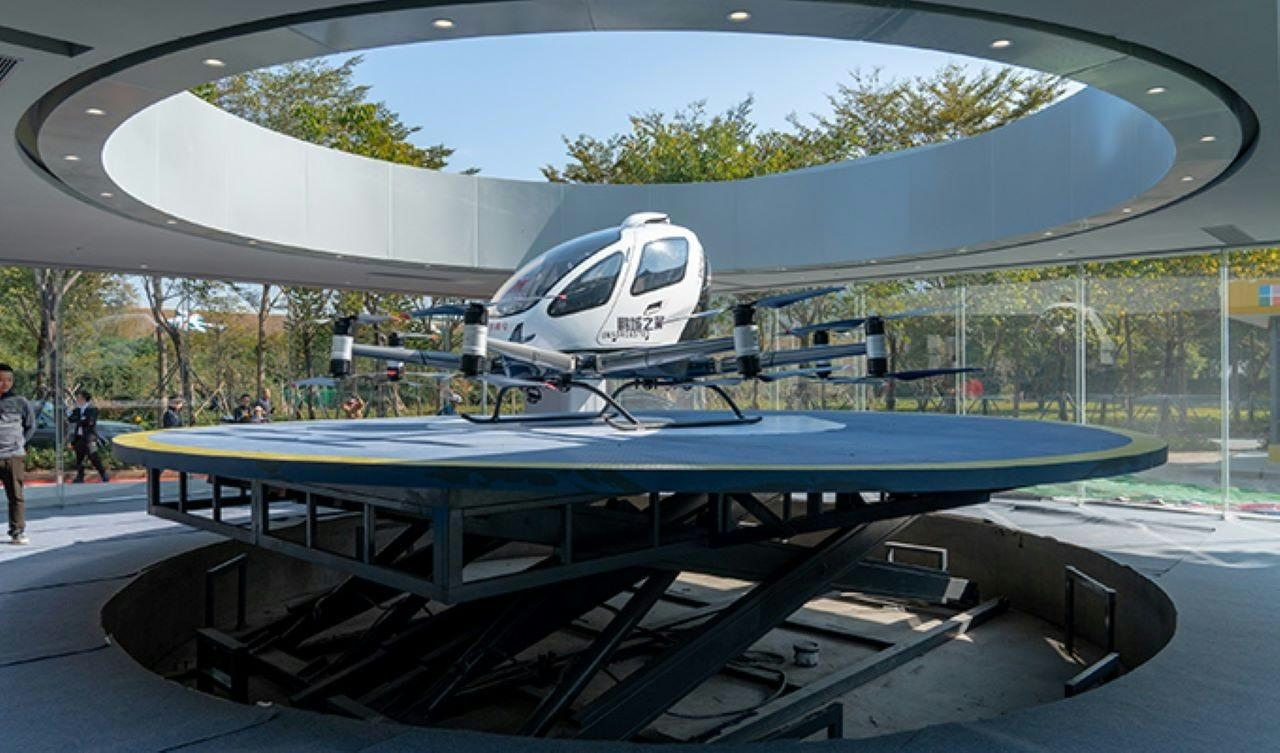
Tel Aviv Plans First Vertiport to Support Air Taxi Services
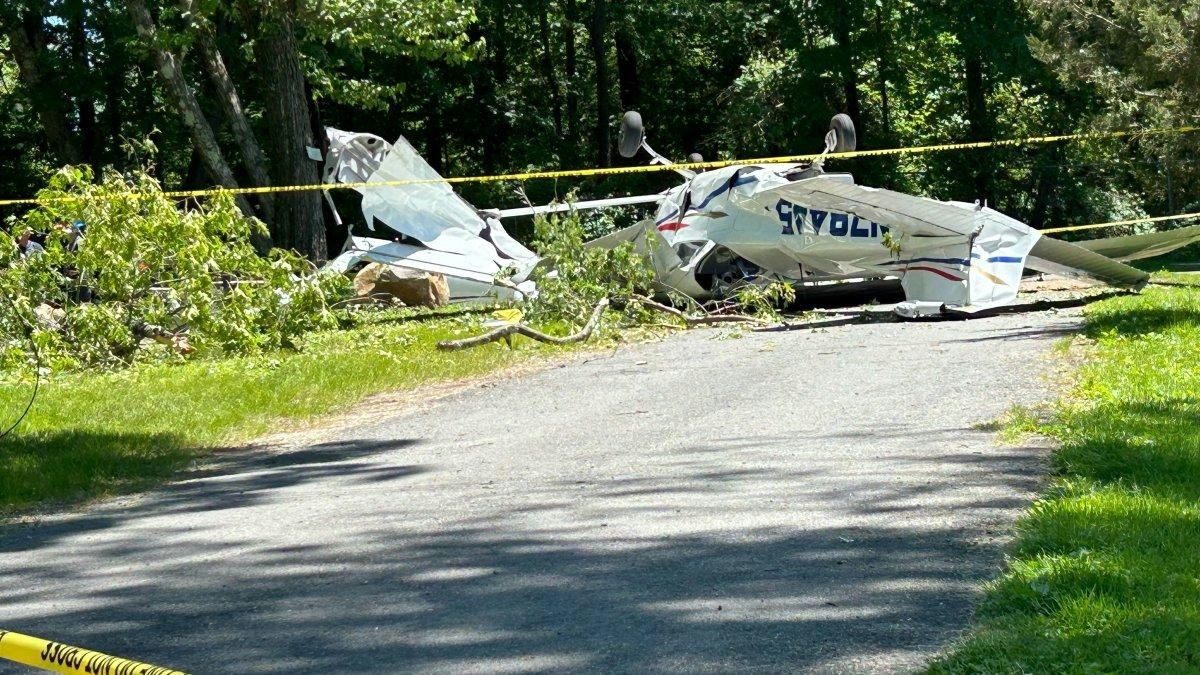
Pilot’s Distress Call Captures Near-Engine Failure Incident
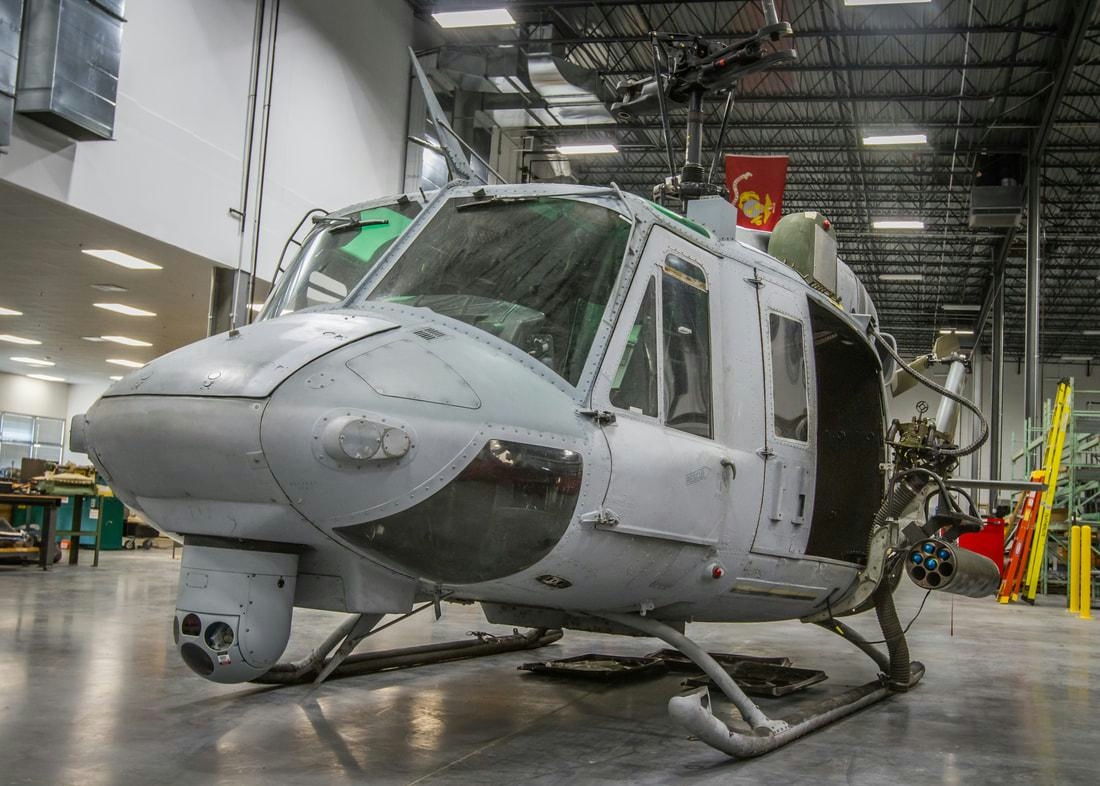
The Small Cold War Helicopter Considered by the Marines for Combat
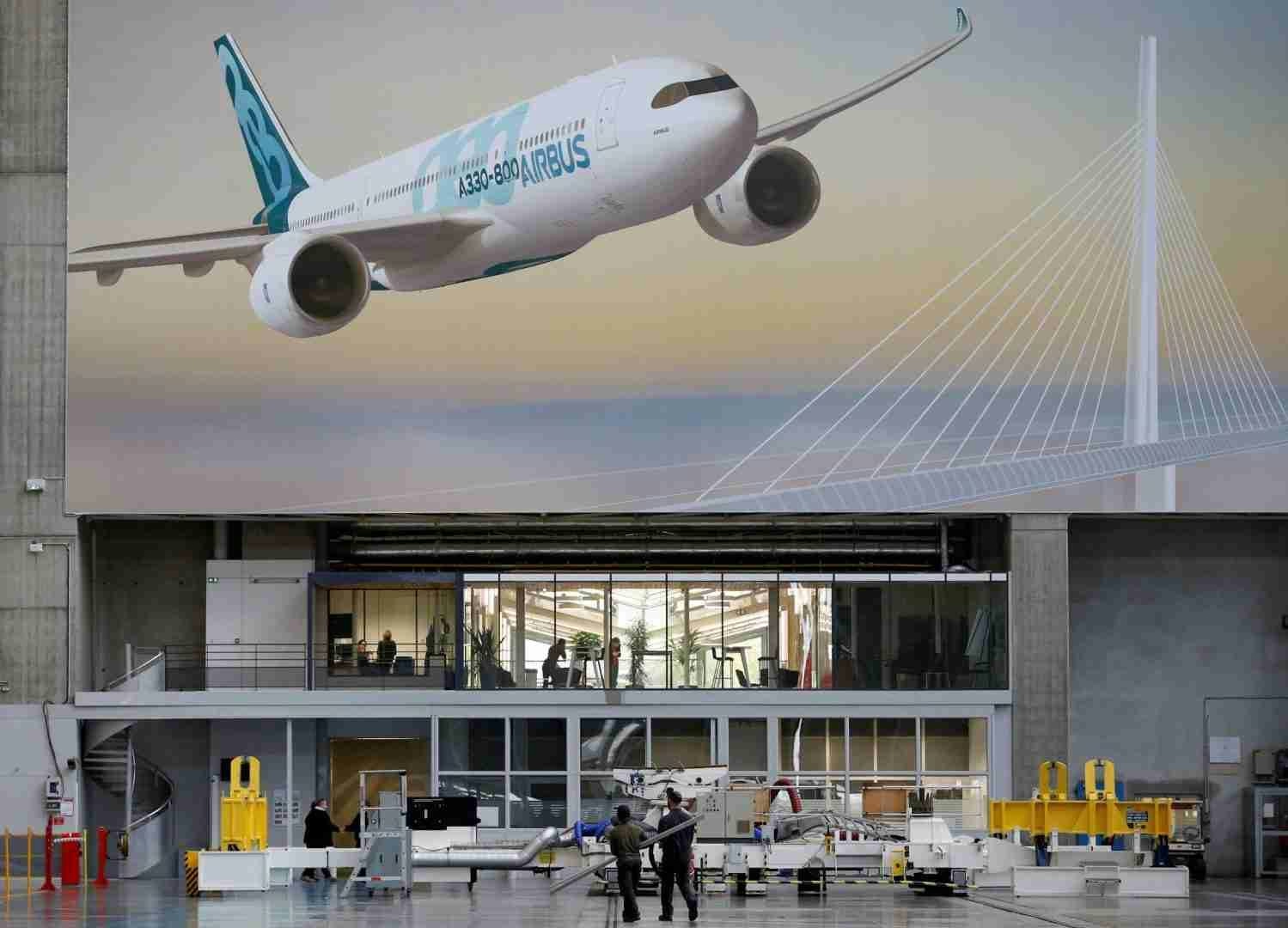
Boeing and Airbus Orders Race in 2025: Who Leads?
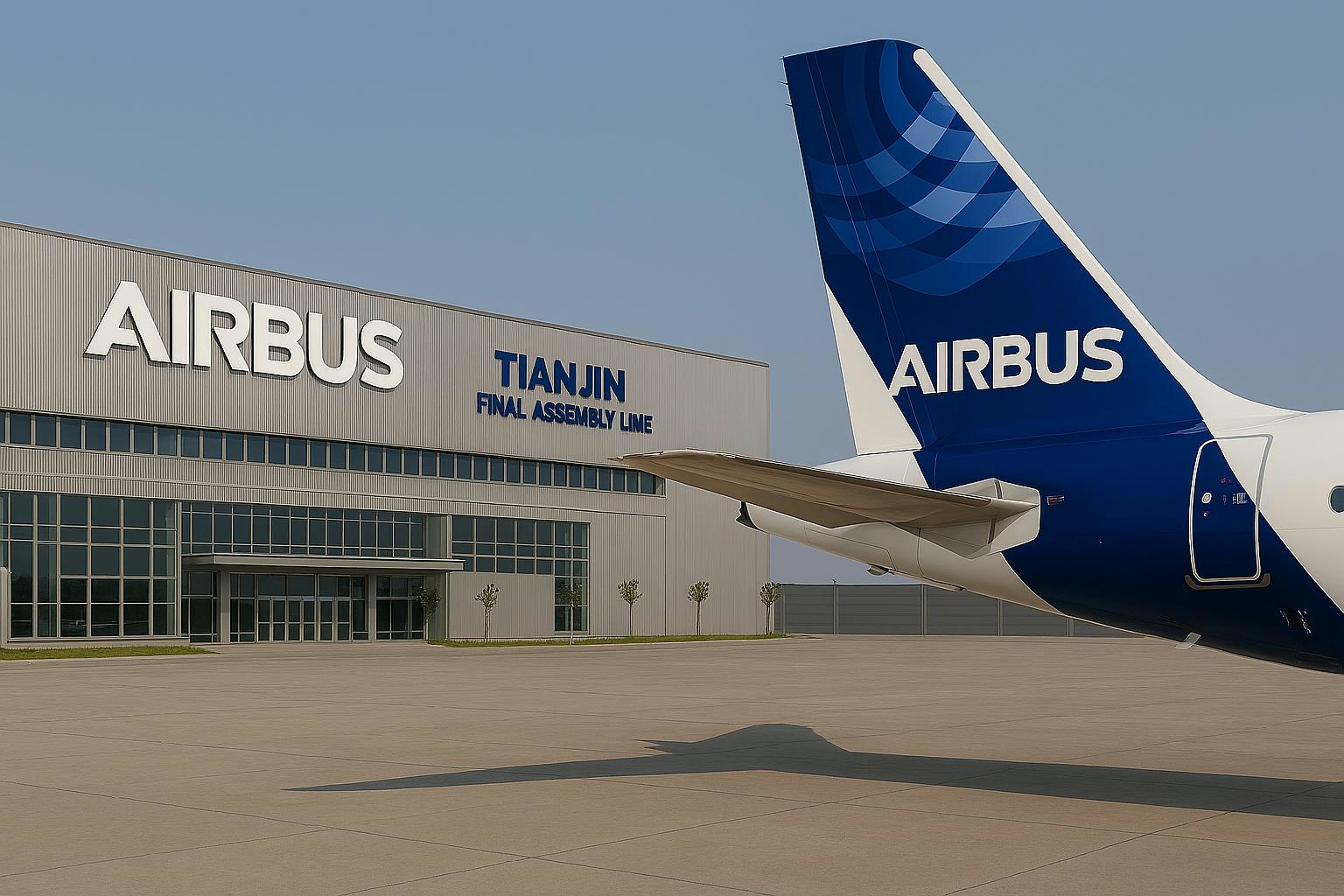
Air China Shares Rise After $9.5 Billion Airbus Jet Order

Why Airbus Chose Four Engines for the A380
